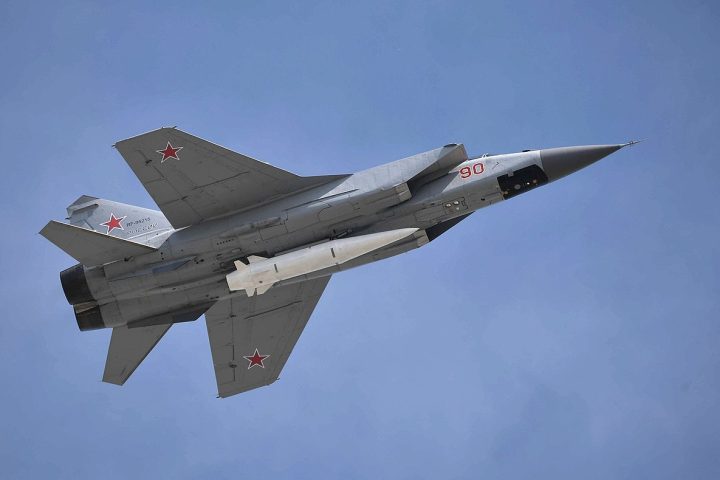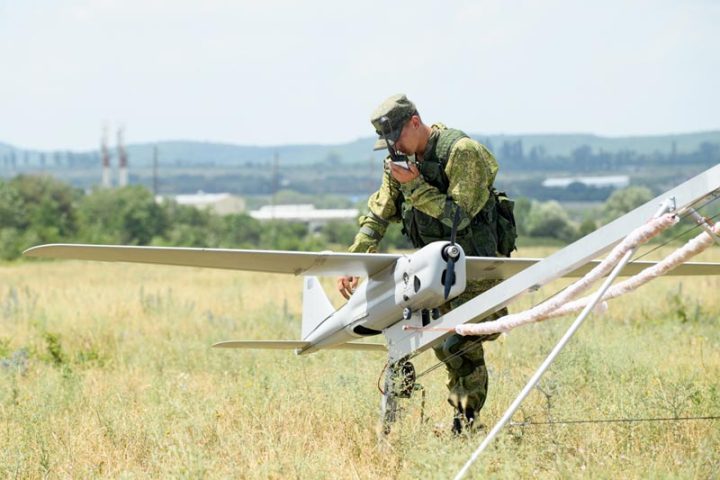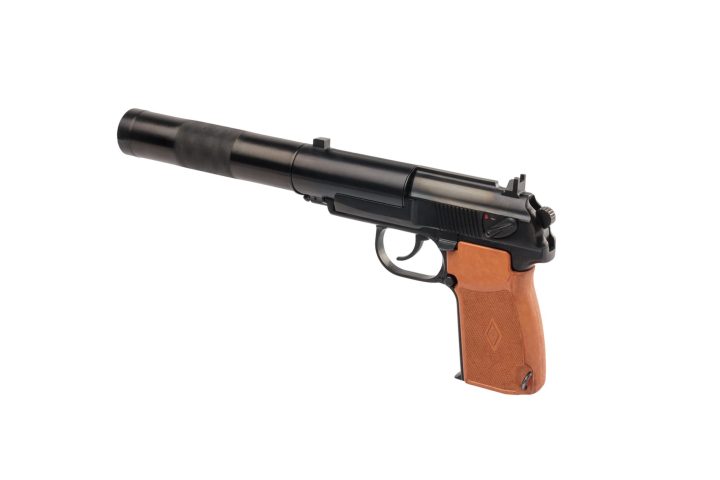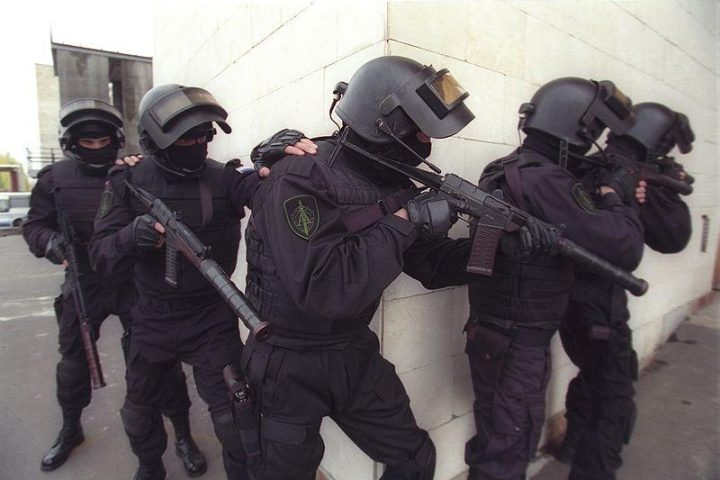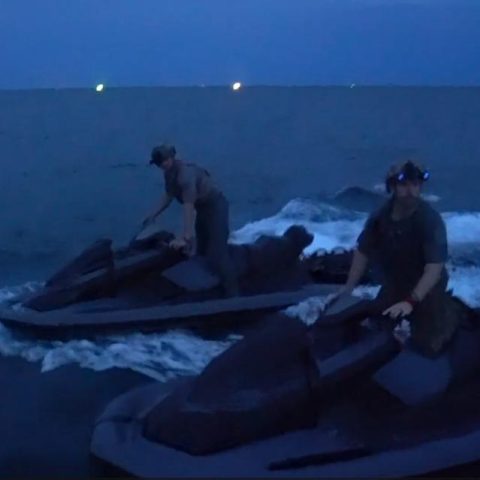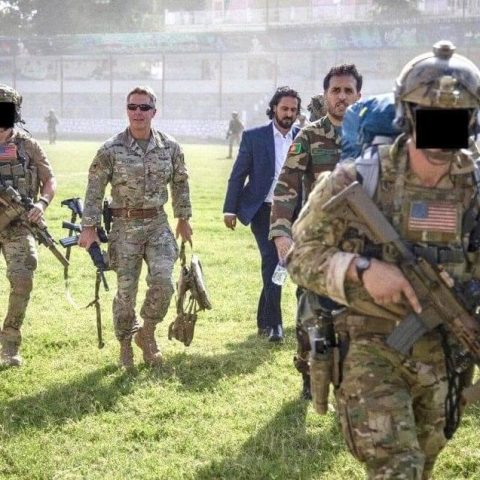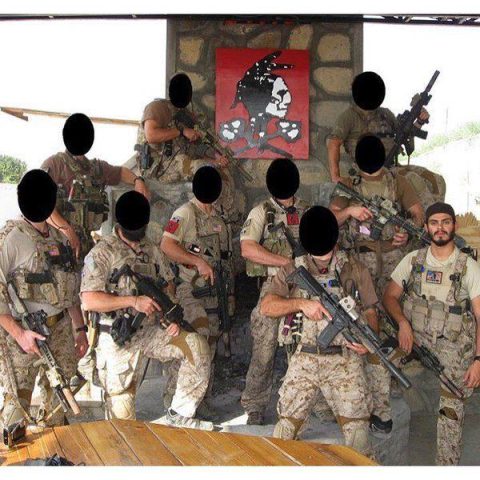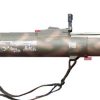The RPG-30 is a disposable anti-tank rocket launcher developed from the RPG-27. This weapon was designed to defeat active protection systems, also known as hard-kill systems, that are becoming increasingly prevalent on main battle tanks. The RPG-30 was first revealed to the public in 2008 and was introduced to the Russian Army in 2012.
Introduction
The use of tanks in warfare has been a topic of debate since the introduction of the Panzerfaust during World War II. Some argue that tanks have lost their efficacy as a military tool due to the availability of inexpensive, portable anti-tank weapons, such as mines, guided missiles, and portable rocket launchers. Despite this, tanks continue to be produced and deployed on the battlefield in smaller numbers than in the past.
While tanks may have numerous adversaries, they remain a formidable weapon with infantry, air support, and proper planning and command. The development and improvement of tanks and their countermeasures are ongoing, with both sides constantly seeking to gain an advantage. In short, tanks are still a key player in modern warfare despite the presence of anti-tank weaponry.
Manual anti-tank launchers, such as the Soviet-made RPG (rocket-propelled grenade) or the English abbreviation MANPATS (man-portable anti-tank systems), are an important tool in the arsenal of infantry forces. These weapons, typically launched from a shoulder or tripod, are mass-produced by many countries worldwide.
Design
One notable example of this type of weapon is the RPG-30, introduced in 2012 and quickly gained attention for its unique features. The U.S. government even listed it as an “asymmetric threat” to U.S. military forces. The RPG-30 is compact, almost twice as short as its predecessor, RPG-29 Vampir, and its principle of operation sets it apart from other competition. While it is used on the battlefield alongside other models, it is typically reserved for high-value, lucrative targets. Its predecessor, the Vampir, has been proven to destroy even the most modern tanks, such as the M1A2 Abrams, Challenger 2, and Merkava IV, on the battlefields.
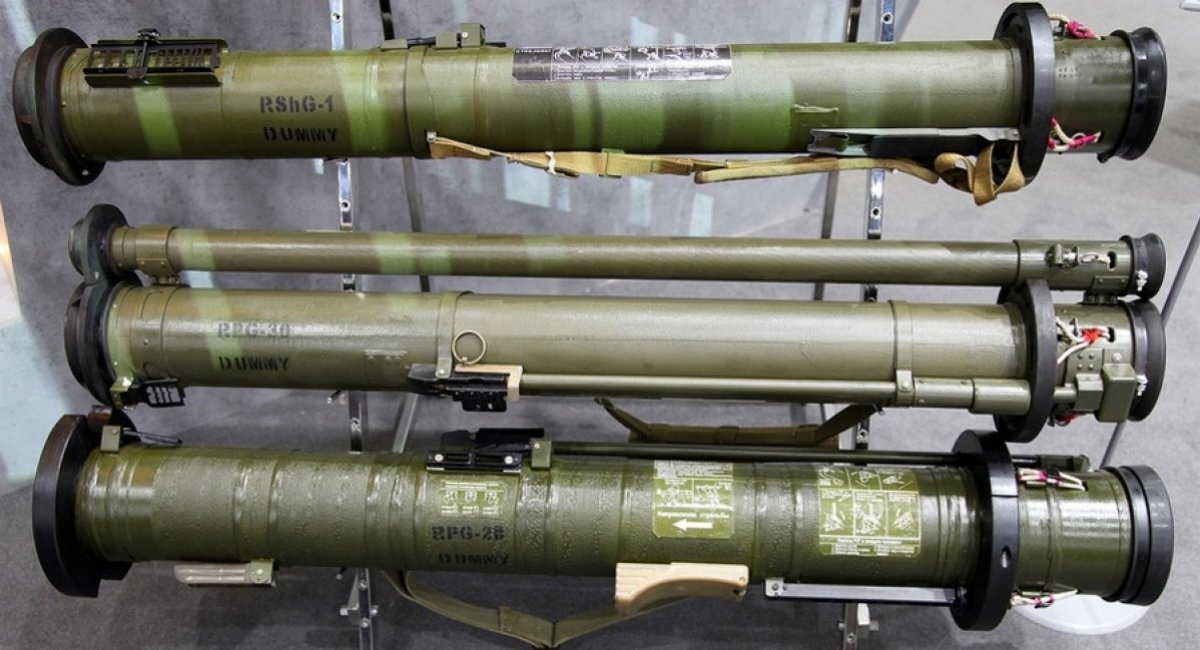
The RPG-30 (index Grau-“7P53”) is a manual anti-tank launcher that belongs to the family of disposable weapons. It features a unique dual-caliber design that helps it evade the tank’s active protection systems, allowing the warhead to penetrate active and dynamic protection. This weapon was developed by the renowned company NPO Bazalt. This Moscow-based company employs nearly 10,000 people and specializes in developing ammunition and combat systems as part of the Rostec corporation.
The RPG-30 consists of two parallel barrels of smaller and larger caliber that use the same sighting device and trigger mechanism. The main tandem anti-tank rocket (grenade) PG-30 caliber 105 mm, is placed in the larger tube. The smaller caliber tube (40mm) contains a rocket simulator with an identical trajectory and radar reflection as the main rocket, and its shape resembles the well-known “G-7V Oskolok”. This way, the enemy’s active defense systems identify it as a primary threat and react, activating and expending counter-defenses.
The RPG-30 is a one-use anti-tank rocket launcher developed from the RPG-27. It features a simple, smoothbore, aluminum tube design layered with fiberglass on the exterior. The launcher fires pre-loaded rockets that are factory fitted and sealed, powered by solid-propellant motors. Once the rockets are launched, the empty launcher is discarded as it cannot be reloaded.
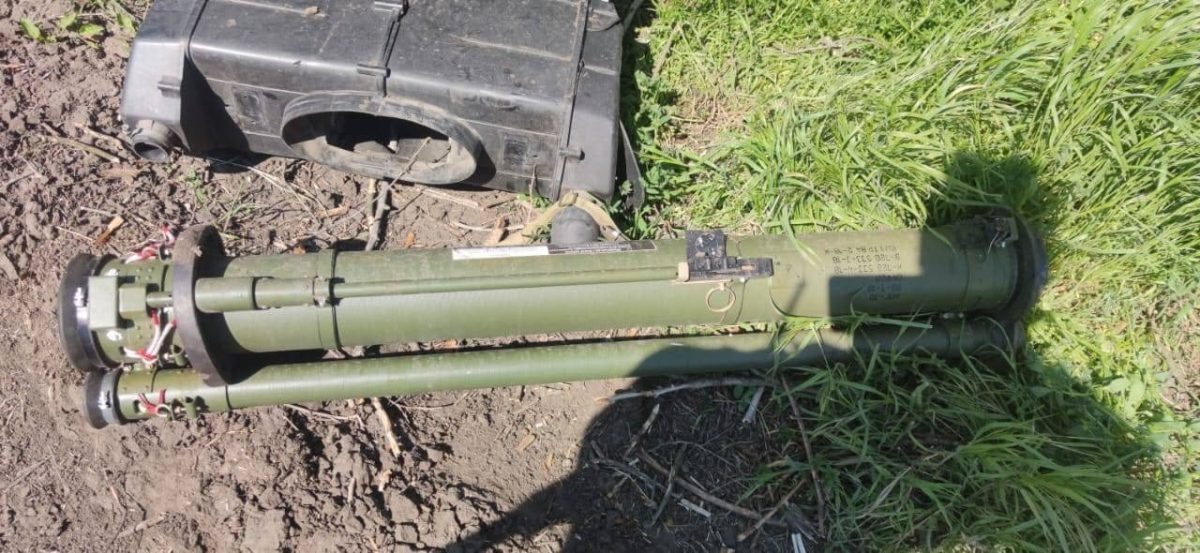
The RPG-30 is equipped with basic flip-up sights, both forward and rear. There is no way to mount an optical or night sight. If the rocket misses the target, it self-destructs after flying for several hundred meters, which happens a couple of seconds after launch.
The weapon can be made ready to fire in less than 10 seconds. It is cocked manually by raising the rear sight. Once cocked, this weapon can be put back into safe mode. The RPG-30 has a back-blast area of at least 30 meters, which is a disadvantage as it endangers nearby personnel and exposes the operator. However, the RPG-30 can still be used inside buildings.
How does this work on the battlefield?
The “RPG-30” is designed with maximum simplicity, allowing the shooter to quickly and easily use the weapon without confusion. Experienced officers in training warn to handle the weapon gently as the decoy rocket is sensitive and fragile. The shooter should raise the sight, unclip the weapon, put it on their shoulder, and wait for a favorable moment to act.
It’s worth mentioning that the RPG-30 has a range of 200 meters. The speed of the rocket is 120 m per second, which requires the shooter to be brave and wait for the tank, trusting that there is no protective infantry in front of the tank; plan a safe retreat, as well as other tactical actions, given that the shooter usually has only one chance. Pressing the trigger activates both propellant charges. A fake rocket (target simulator, decoy) comes out of the smaller tube, followed by a tandem warhead a fraction of a second later.
The concept behind the RPG-30 relies on the fact that the tank’s active protection system was developed with the requirement to minimize the danger to its infantry or equipment on the adjacent vehicle, so the circle of destruction is relatively small, and it cannot harm an incoming rocket. The system destroys the decoy rocket, and the cloud of fragments it fires creates entropy, confusing its detectors because it masks the arrival of another rocket. The detectors can only react when the cloud clears, the active protection needs to be replenished, and the sensors reactivated.
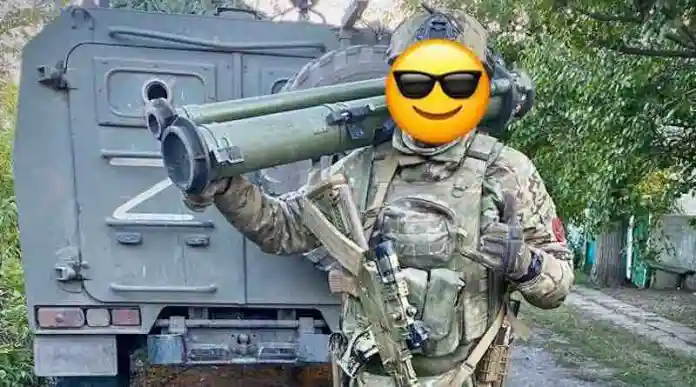
The RPG-30 is a highly effective anti-tank weapon due to its unique dual-caliber design and fast reaction time. None of the systems developed so far have a reaction time of less than 0.2 to 0.4 seconds after the first attack (with a fake rocket) because the PG-30 arrives in a shorter time. The lead charge activates the dynamic protection and exposes the tank’s armor, and the HEAT (High-explosive anti-tank) projectile penetrates the armor, kills the crew, and causes a fire. An explosion of the warhead often results in the tearing off of the dome.
This tool is easy to handle and lightweight, with a total mass of 10.3 kilograms (lighter than the M-53 7.9 mm machine gun, for comparison). The mass of the grenade is 4.5 kilograms. The estimated penetration power of homogeneous armor is 650 mm, reinforced concrete 1,500 mm, brick 2,000 mm, and soil layer 3,700 mm. The RPG-30 is used by the Russian military, Ukraine (a limited number of seized units), Iran (which produces it as a copy), Taliban militants (from 2013-2015), and Vietnam, which is developing an independent copy that resembles the RPG-30.
How to defend against this attack?
Tank active self-defense systems are a separate topic that deserves further exploration. There are several such systems in use, with the Israeli “Trophy” developed by the Israeli corporation “Rafael” being one of the most well-known. The company announced ten years ago (shortly after the first announcements of the RPG-30) that it had developed a defense system as an upgrade to the existing “Trophy” system, called “Trench Coat” or “Windbreaker, Raincoat.” However, there is no reliable data on how many tanks have this supplementary system integrated. Still, it is claimed to be a tool whose radar operates in a 360º circle and launches 17 missiles, some of which would have to hit the incoming missilX.Y.
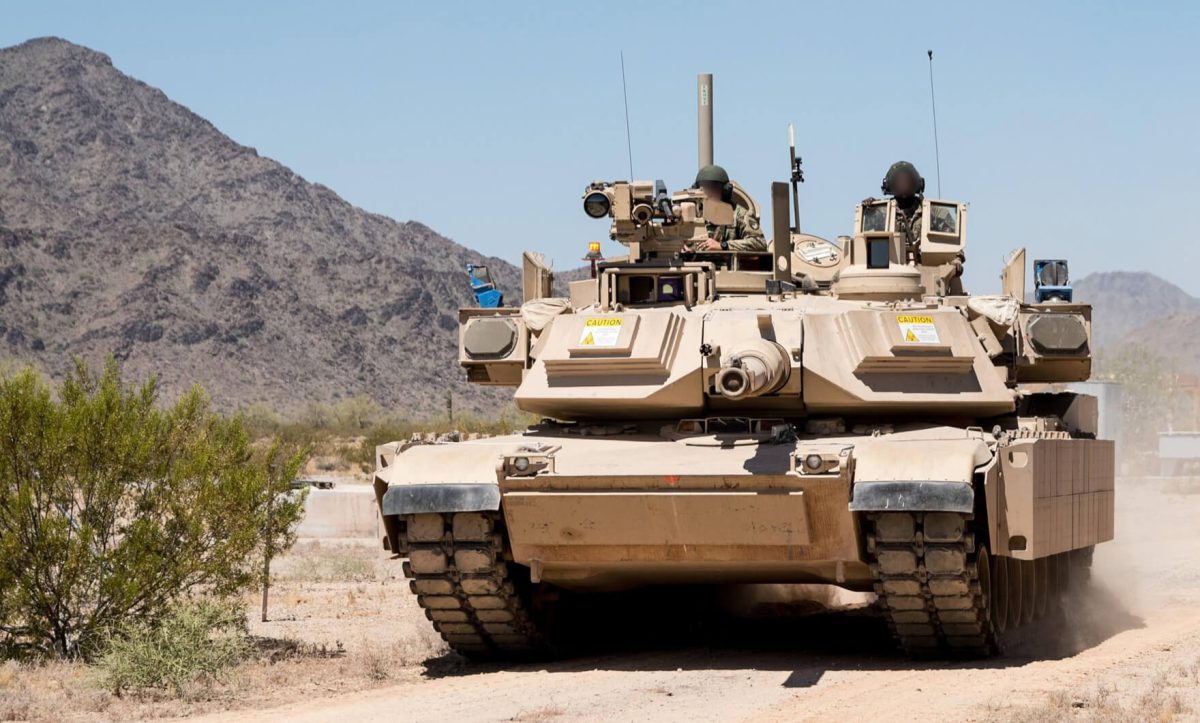
Regardless of the effectiveness of these systems, they all have common shortcomings. What looks promising in the laboratory and on the training ground may look different in the field. For example, how do they react to decoys, false targets, and non-tank-fired rockets? Many portable AT assets (such as the FGM-148 Javelin) operate from the upper hemisphere, bypassing the protective area. The activation of this system can also endanger its infantry, which in that case, must move away from the tank, weakening its protection and signaling to the opponent that the tank has active protection.
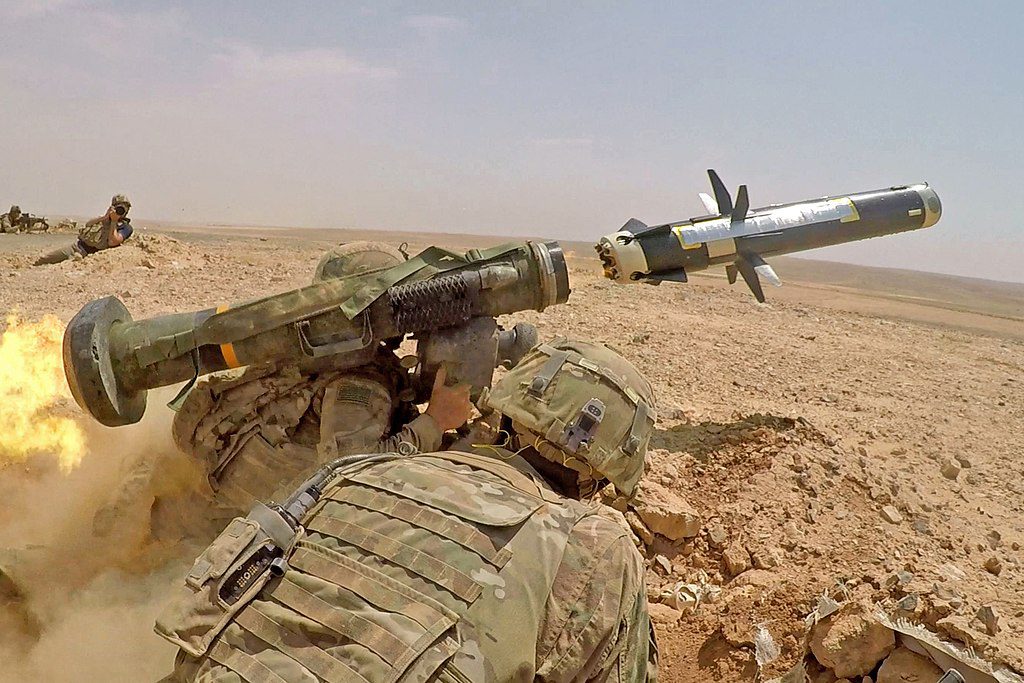
Repelling multiple attacks from different directions has not yet been resolved. If we connect this with various tactical actions on the battlefield (ambushes, false targets, coordinated attacks from multiple directions, etc.), it becomes clear that the tank is difficult to protect. Ultimately, it all boils down to the training, preparation, courage, and professionalism of the leaders on the battlefield.
Technical specifications
| Country of origin: | Russia |
| Manufacturer: | Bazalt, part of Rostec Corporation |
| Entered service: | 2012 |
| Caliber: | 105 mm |
| Weight: | 10.3 kg |
| Length: | ~ 1 150 mm |
| Muzzle velocity: | 120 m/s |
| Sighting range: | 200 m |
| Range of effective fire: | 200 m |
| Armor penetration: | 600 mm behind ERA, or 750 mm without ERA |
| Concrete penetration: | 1 500 mm |
| Earth penetration: | 3 700 mm |



